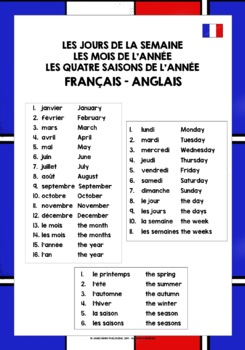


FRENCH MUSIC KEYS INSTALL
Install language packages for offline translation on mobile devices and download PROMT AGENT, a plugin for pop-up translation in any Windows app, with a PREMIUM subscription. The origin of French/Latin musical notes is quite interesting actually. By following the next tips, you will easily reason out and memorize the circle of fifths.

FRENCH MUSIC KEYS FREE
Translate anywhere and anytime using the free PROMT mobile translator for iOS and Android. At the end of this episode, you will be able to fully understand the Circle of fifths: what it is, how it works, the relative minor, enharmonic keys and the logic behind the key signatures. We have collected millions of examples of translation in different languages to help you learn languages and do your homework. Search for examples of words and phrases in different Contexts. PROMT dictionaries for English, German, French, Russian, Spanish, Italian, and Portuguese contain millions of words and phrases as well as contemporary colloquial vocabulary, monitored and updated by our linguists.Ĭonjugate English verbs, German verbs, Spanish verbs, French verbs, Portuguese verbs, Italian verbs, Russian verbs in all forms and tenses, and decline nouns and adjectives Conjugation and Declension. Look up translations for words and idioms in the online dictionary, and listen to how words are being pronounced by native speakers. Enjoy accurate, natural-sounding translations powered by PROMT Neural Machine Translation (NMT) technology, already used by many big companies and institutions companies and institutions worldwide. PROMT.One () is a free online translator and dictionary in 20+ languages. In American-English, rhythmic value names are based on fractions of a measure of 4/4 music.Discover the possibilities of PROMT neural machine translation British-English rhythmic value names are rooted in an older form of musical notation rarely used today called mensural notation. The names of rhythmic values differ between American-English and British-English. Rhythmic Value Names (Crotchets and Quarter Notes) For fixed notes I will always use the letter names-C, D, E, etc.

Throughout, I will use the movable Do system when using solfège syllables. Because few people possess absolute pitch (being able to identify notes without a reference note), I think movable DO is more useful as it is built around relative pitch. Solfège syllables are commonly used for ear training to help students hear notes in the context of a key. When you transpose the key of a song, the syllables remain the same even though the note names change. I believe movable DO makes more sense though it will be confusing for you if you are accustomed to fixed DO. Which system to use is a matter of opinion. Fixed DO means DO is always equal to the note C. Romance languages and many other countries use a note naming system called Fixed DO. Throughout StudyBass, SI will be referred to as TI. If you listen to the Rodgers and Hammerstein song DO-RE-MI from The Sound of Music, you will notice the lyric for the 7th note is Tea- a drink with jam and bread. In American-, and British-English, the solfège syllables are DO, RE, MI, FA, SO, LA, TI, DO. The solfège system used in many countries-including the United States-was revised in the 1800's so that all notes begin with a different letter. In Romance languages (Spanish, Portuguese, Italian, etc.) notes are named with solfège syllables-DO, RE, MI, FA, SOL, LA, SI, DO. I've highlighted a few of the most common differences below. These create confusion for many of studybass' readers who study music in languages other than American-English. While the vast majority of musical terms are similar, there are a handful which are not. Musical terminology varies from language to language.


 0 kommentar(er)
0 kommentar(er)
